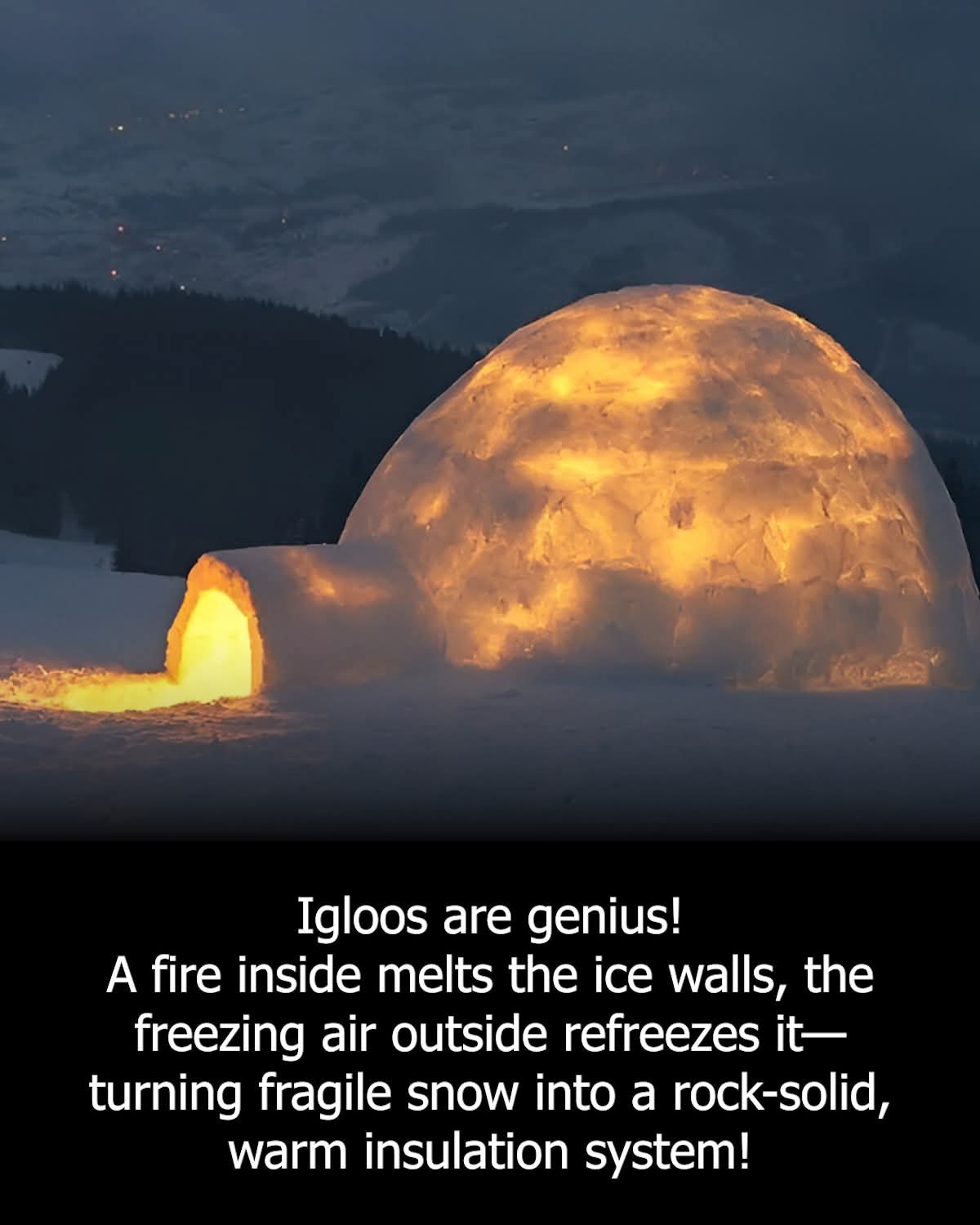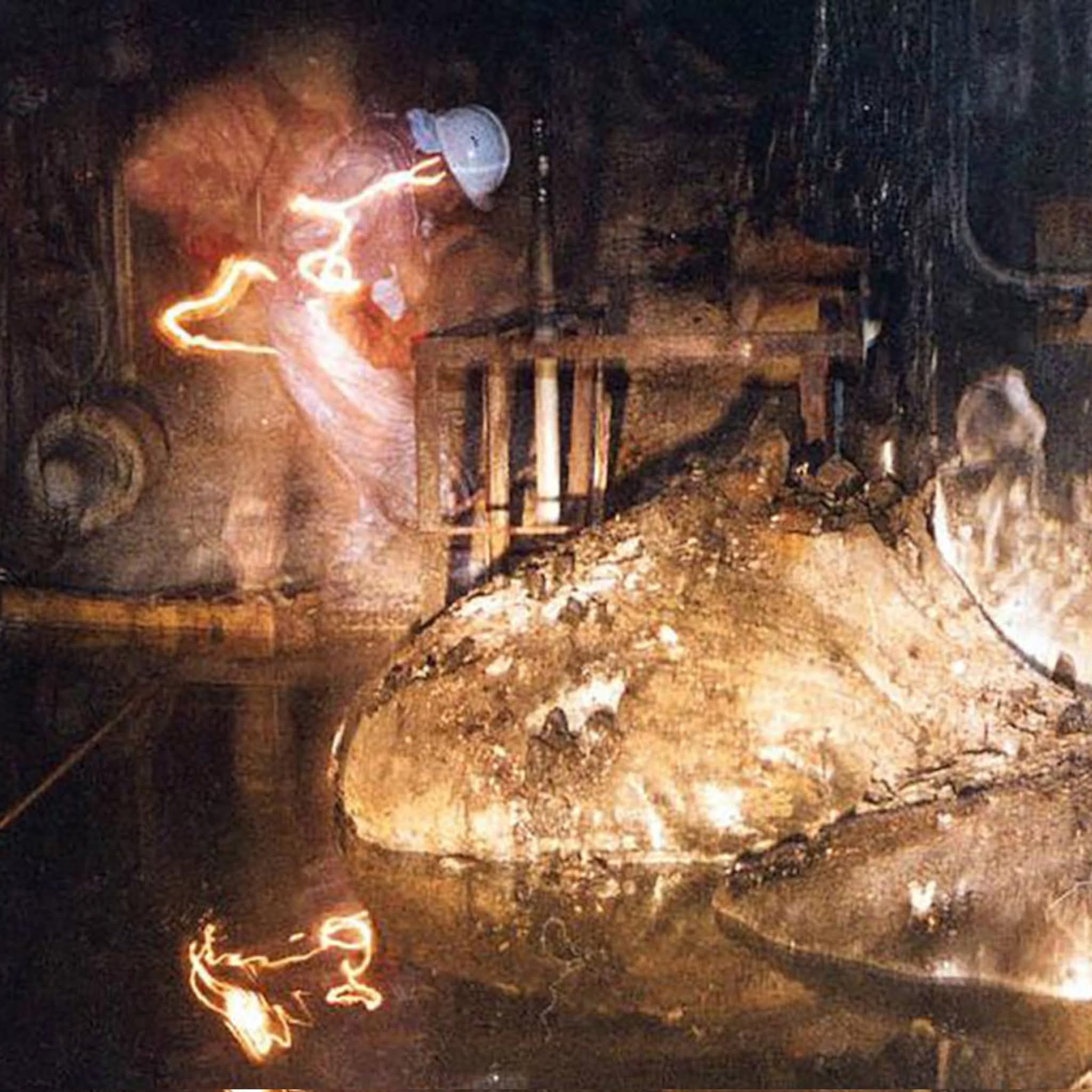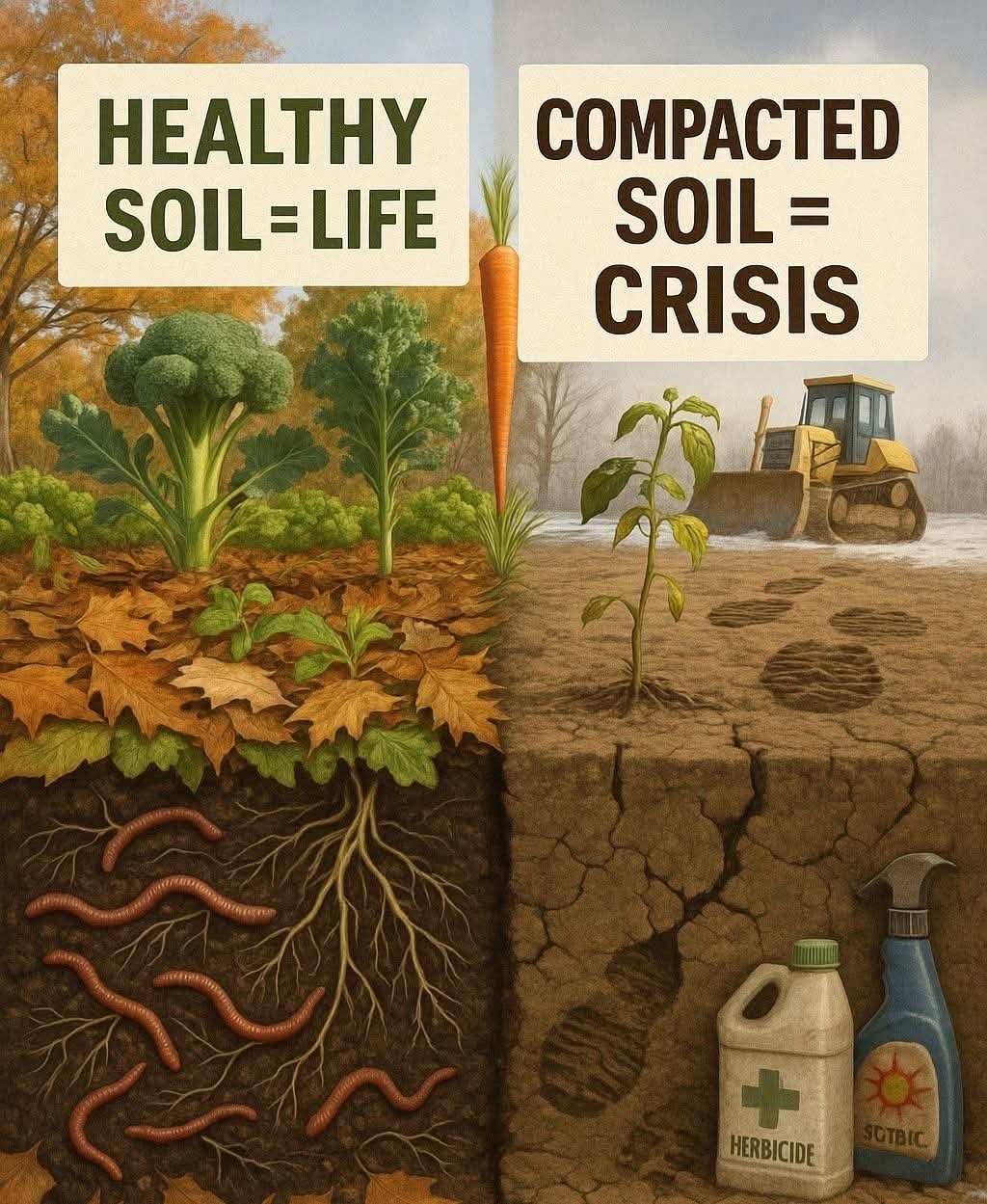Ever wondered how igloos keep people warm in extreme Arctic cold?
When a small fire is lit inside, it gently melts the inner snow layer.
The freezing temperatures outside instantly refreeze it, creating a hardened, airtight shell that locks in warmth.
This clever natural insulation can raise the inside temperature to around 60°F, even when it’s –50°F outside!
Ingenious shelters like these have protected Inuit and other Arctic peoples for centuries, showing just how brilliantly traditional knowledge adapts to nature’s harshest conditions.
When a small fire is lit inside, it gently melts the inner snow layer.
The freezing temperatures outside instantly refreeze it, creating a hardened, airtight shell that locks in warmth.
This clever natural insulation can raise the inside temperature to around 60°F, even when it’s –50°F outside!
Ingenious shelters like these have protected Inuit and other Arctic peoples for centuries, showing just how brilliantly traditional knowledge adapts to nature’s harshest conditions.
Ever wondered how igloos keep people warm in extreme Arctic cold?
When a small fire is lit inside, it gently melts the inner snow layer.
The freezing temperatures outside instantly refreeze it, creating a hardened, airtight shell that locks in warmth.
This clever natural insulation can raise the inside temperature to around 60°F, even when it’s –50°F outside!
Ingenious shelters like these have protected Inuit and other Arctic peoples for centuries, showing just how brilliantly traditional knowledge adapts to nature’s harshest conditions.
0 Comments
0 Shares
233 Views




